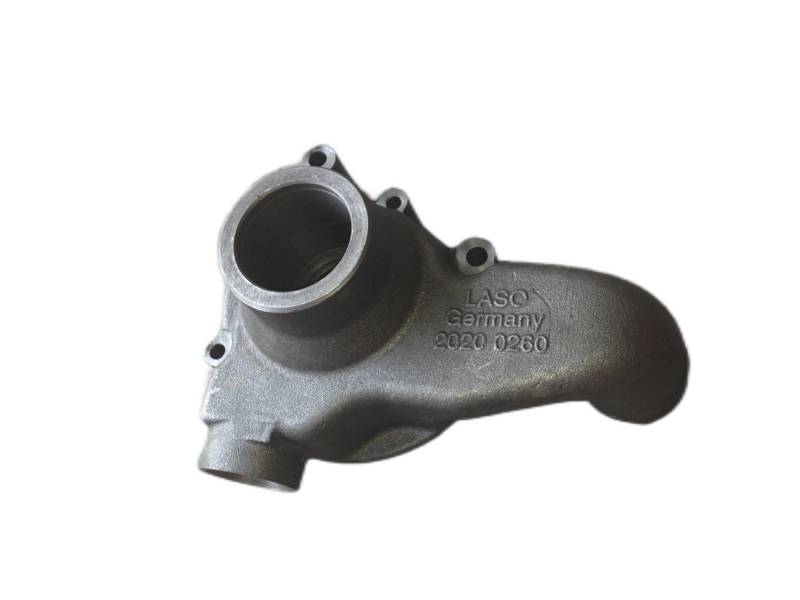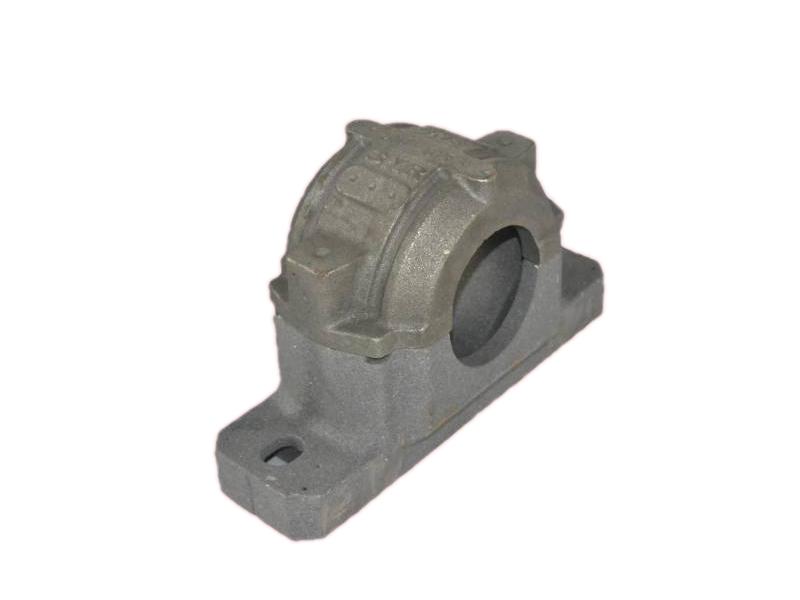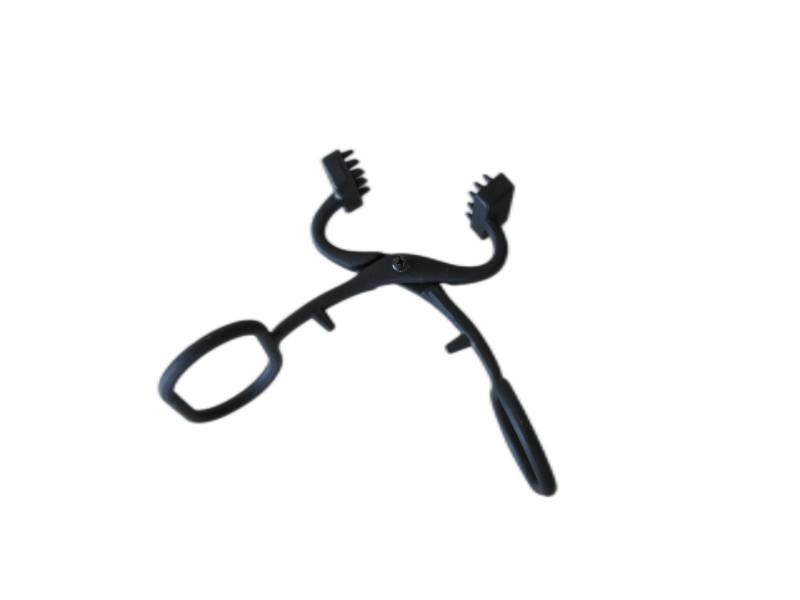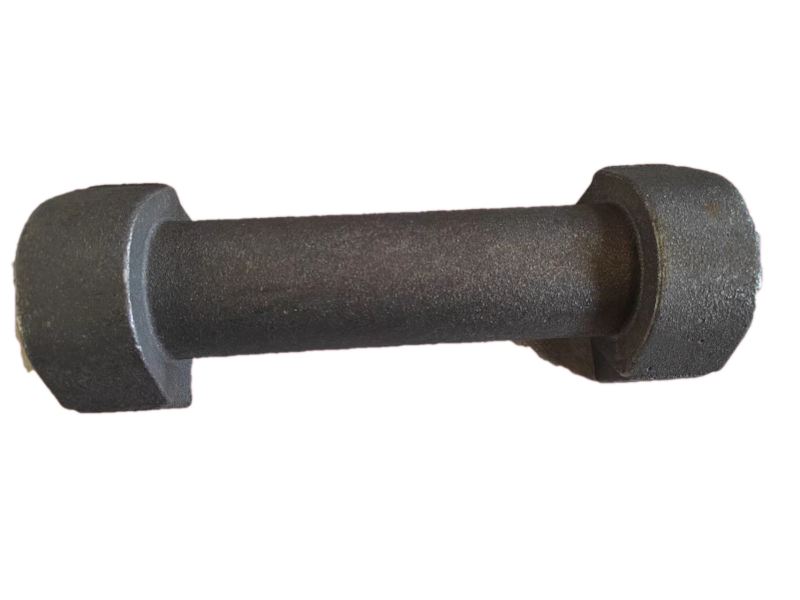|
Steps fro Green Sand Castings
1)Assemble the sand mold
The first step of mold assembly is to partially fill the drag with sand. The pattern, core print, cores, and gating system are placed near the parting line. The cope is then assembled dto the drag. Additional sand is poured on the cope half until the pattern, core, and gating system are covered, and then the sand is compacted by vibration and mechanical means. Excess sand is removed with a strike off bar.
Now that the mold is formed, the cope is removed from the drag so the pattern can be extracted from the mold.
Pattern extraction is undertaken carefully to avoid breaking or distorting the newly formed mold cavvity. This is facilitated by disigning a draft, a vertical taper perpendicular to the parting line.The draft taper is usually at least 1°. The rougher the surface of the pattern, the more the draft to be provided.
Before it can be filled with liquid metal, the complete mold needs to be prepared; the mold cavity is often lubricated with mold washes to facilitate casting removal. Then the cores are positioned, additional mold materials such as cope rope are added to help prevent rut-outs, and the mold halves are closed and securely clamped together; the cope and drag sections maintain proper alignment with the aid of pins and guides.
The mold halves ust remain secure so liquid metal can not leak through the parting line. Before pouring flaskless molds, wood or metal pouring jackets are often place around the mold and weights are set on the top to keep the cope from lifting.
2)Pouring Liquid Metal
Molten metal enters the mold cavity through a gating system.
3)Waiting The Metal Cool
4)Dig Out The Castings
After the casting has cooled, it is broken out of the sand mold.
|


































 IPv6 network supported
IPv6 network supported